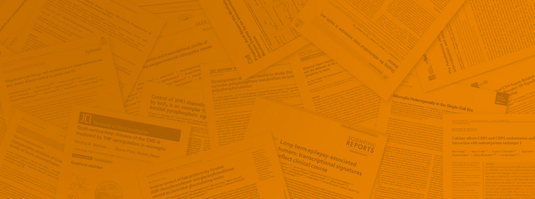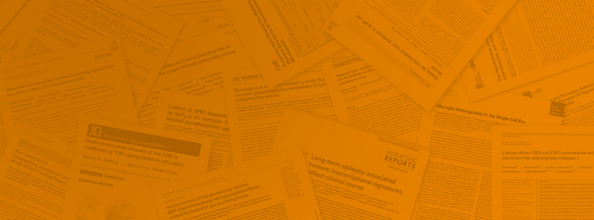T cell activation is initiated when the T cell receptor (TCR) engages peptide–MHC (pMHC) complexes on antigen-presenting cells. As we have shown in a previous CIBSS publication, this interaction promotes the recruitment of the tyrosine kinase LCK to the CD3ε subunit, leading to CD3 phosphorylation and the initiation of downstream signaling cascades that drive T cell responses. To maintain immune balance, inhibitory receptors regulate this process. Among them, LAG3 has emerged as a key negative regulator that dampens TCR signaling and limits T cell activity. Recent studies have shed light on the molecular mechanisms by which LAG3 inhibits TCR signaling, while also highlighting its therapeutic potential. In this highlight we discuss two recent papers on this topic.


Sabotaging TCR signaling-LAG3 interferes with the CD3ε-LCK interaction




